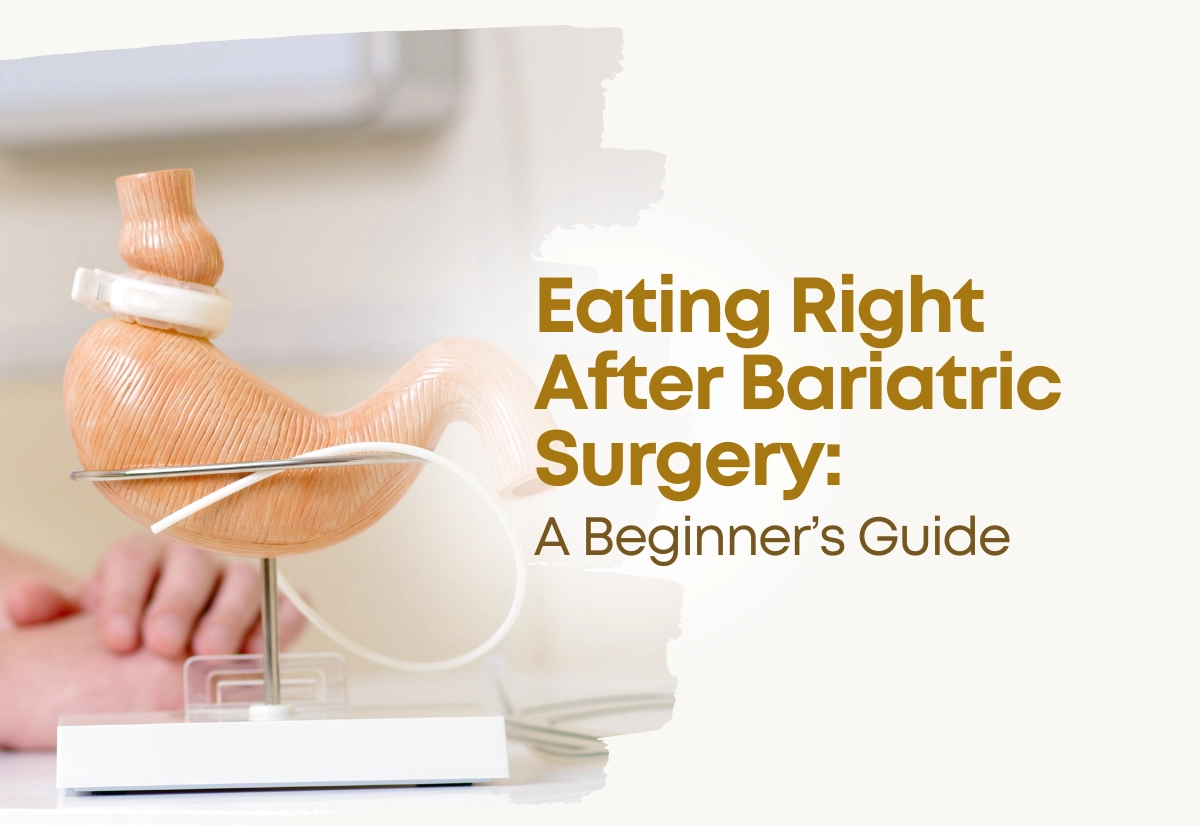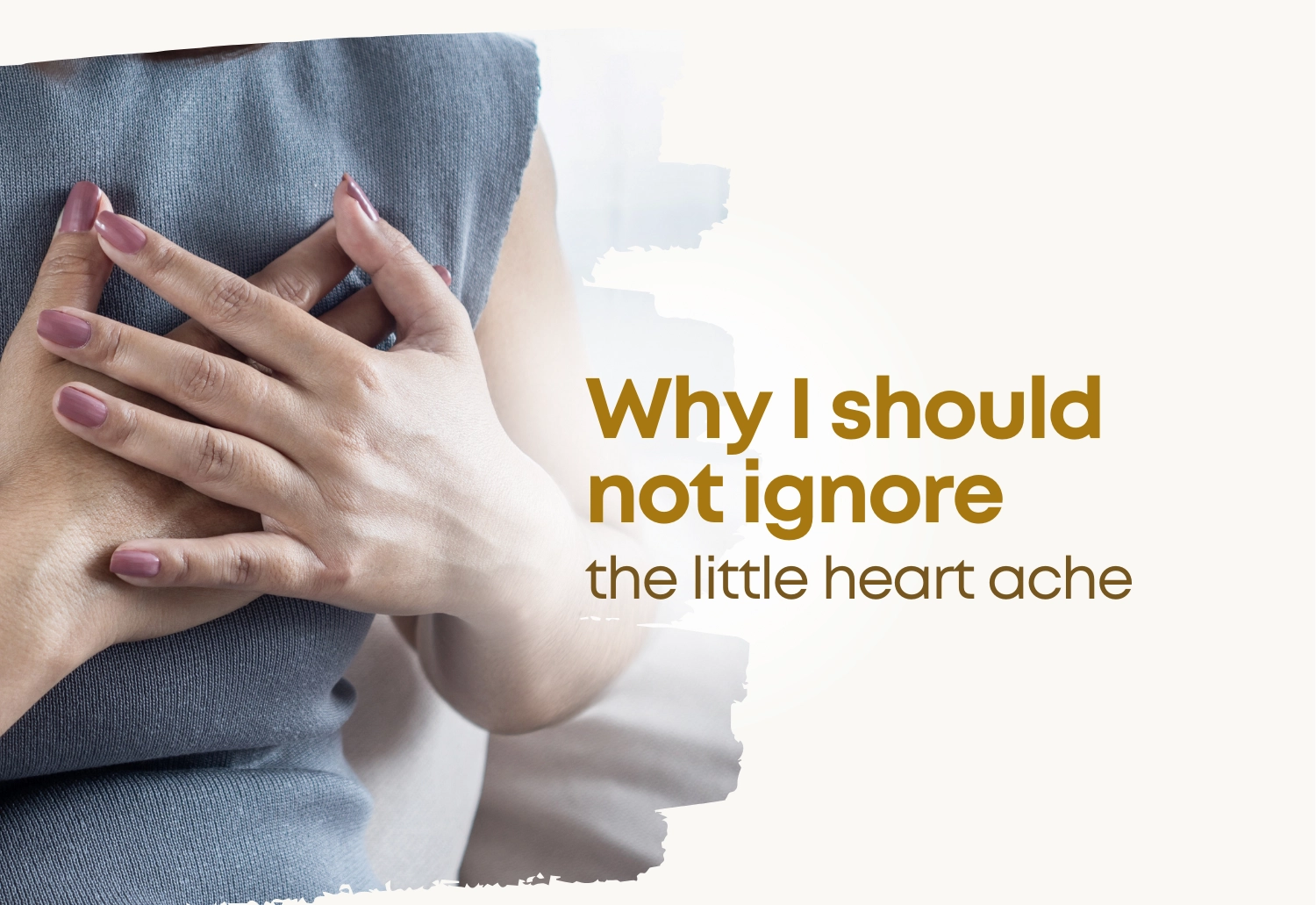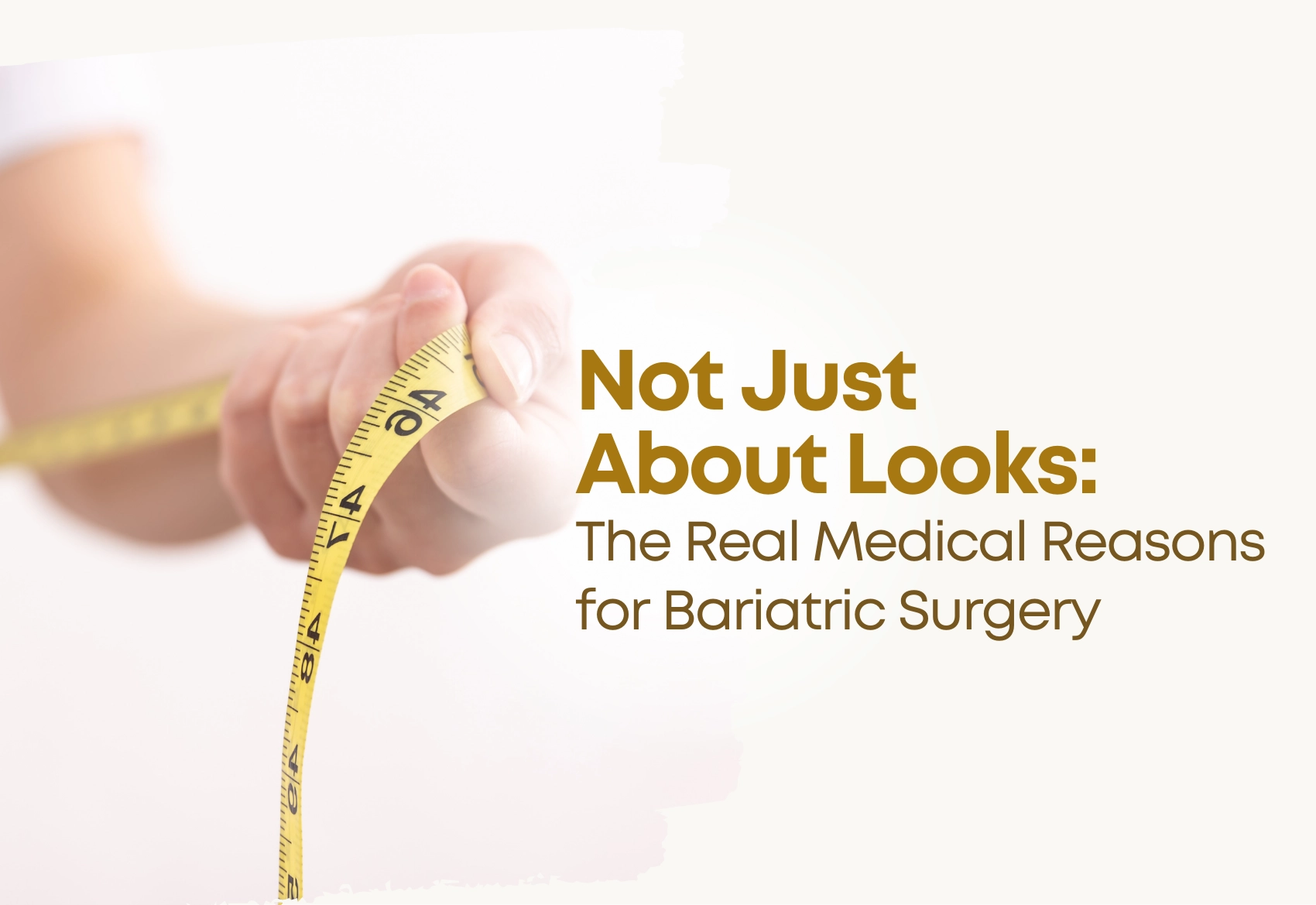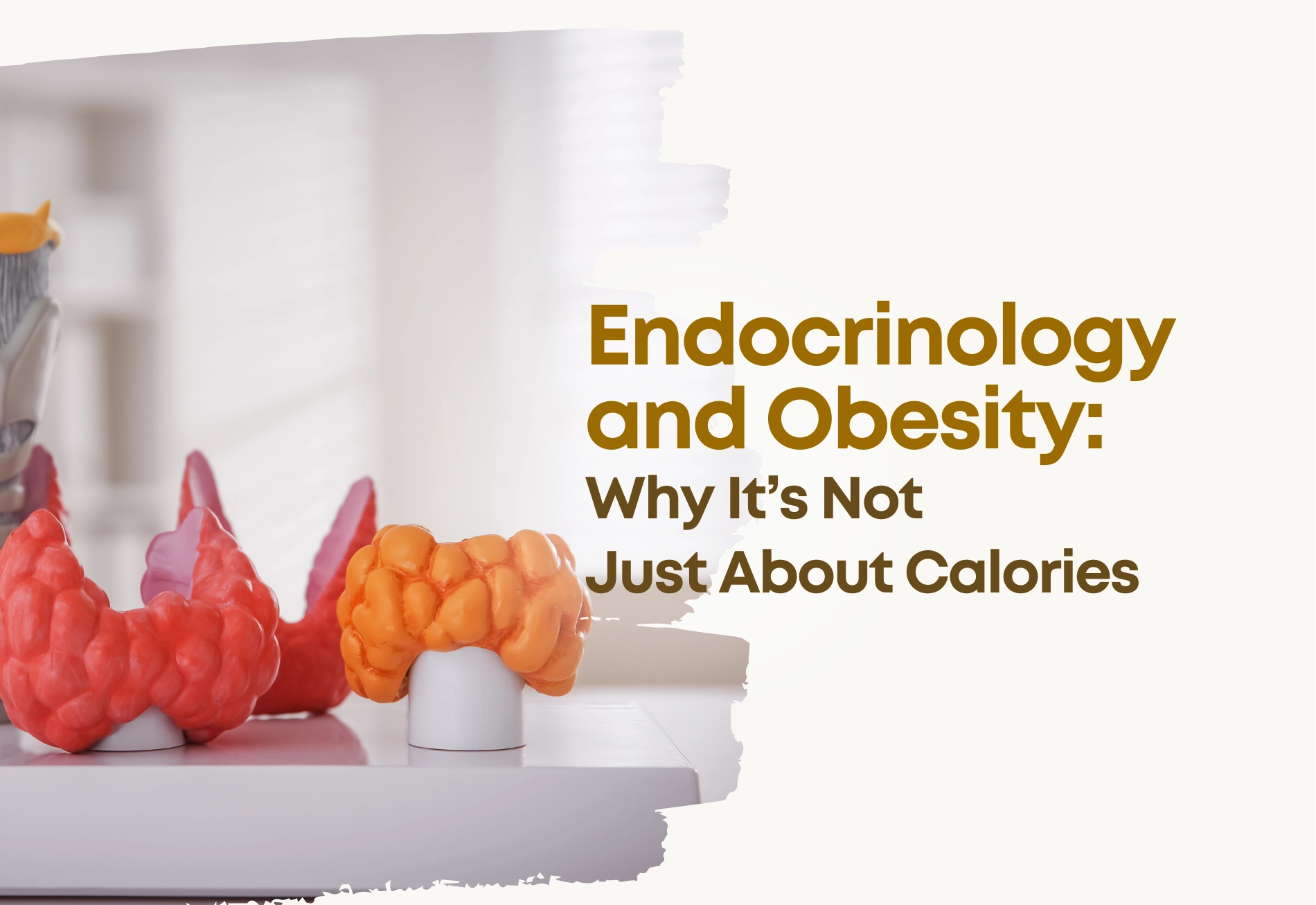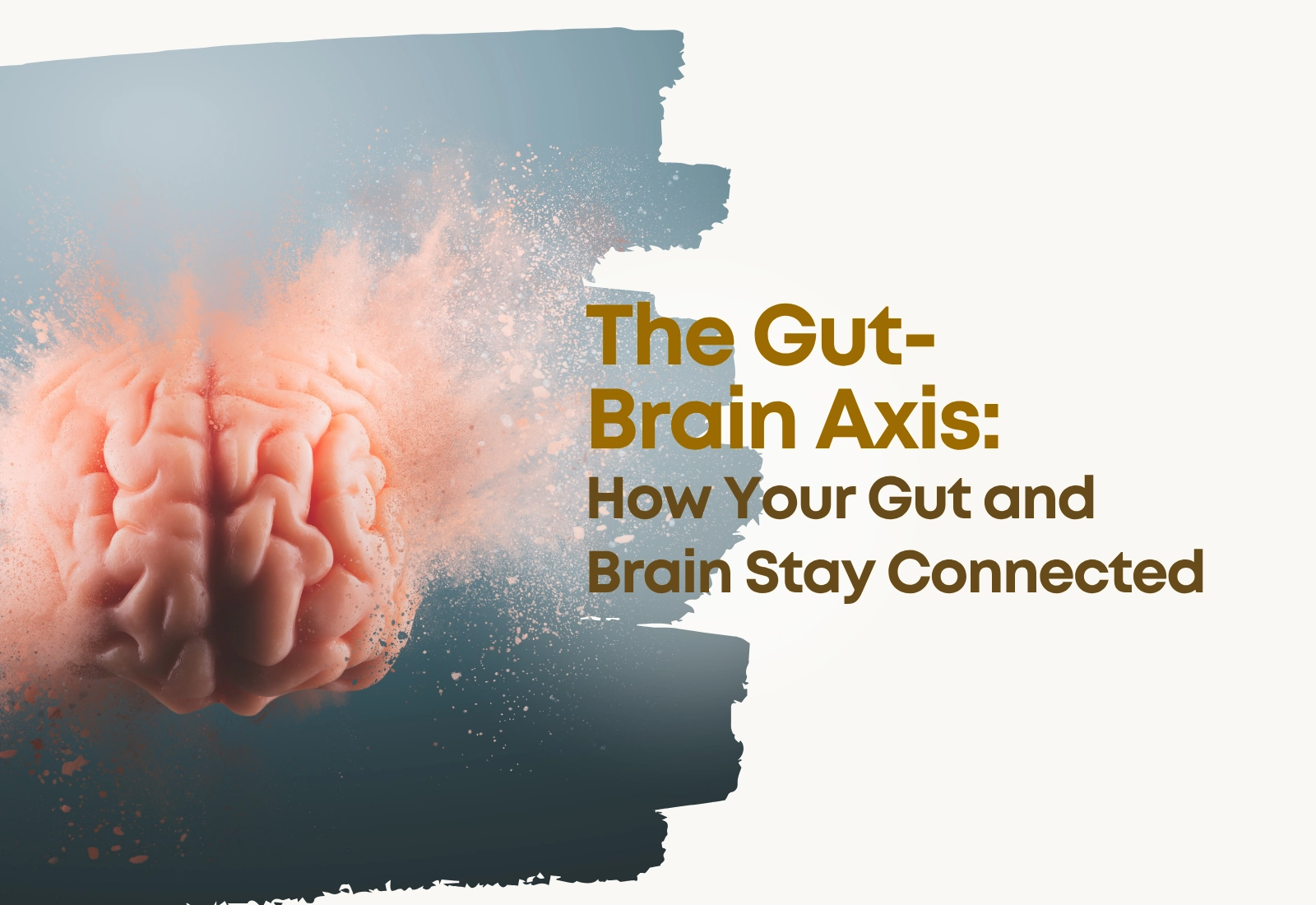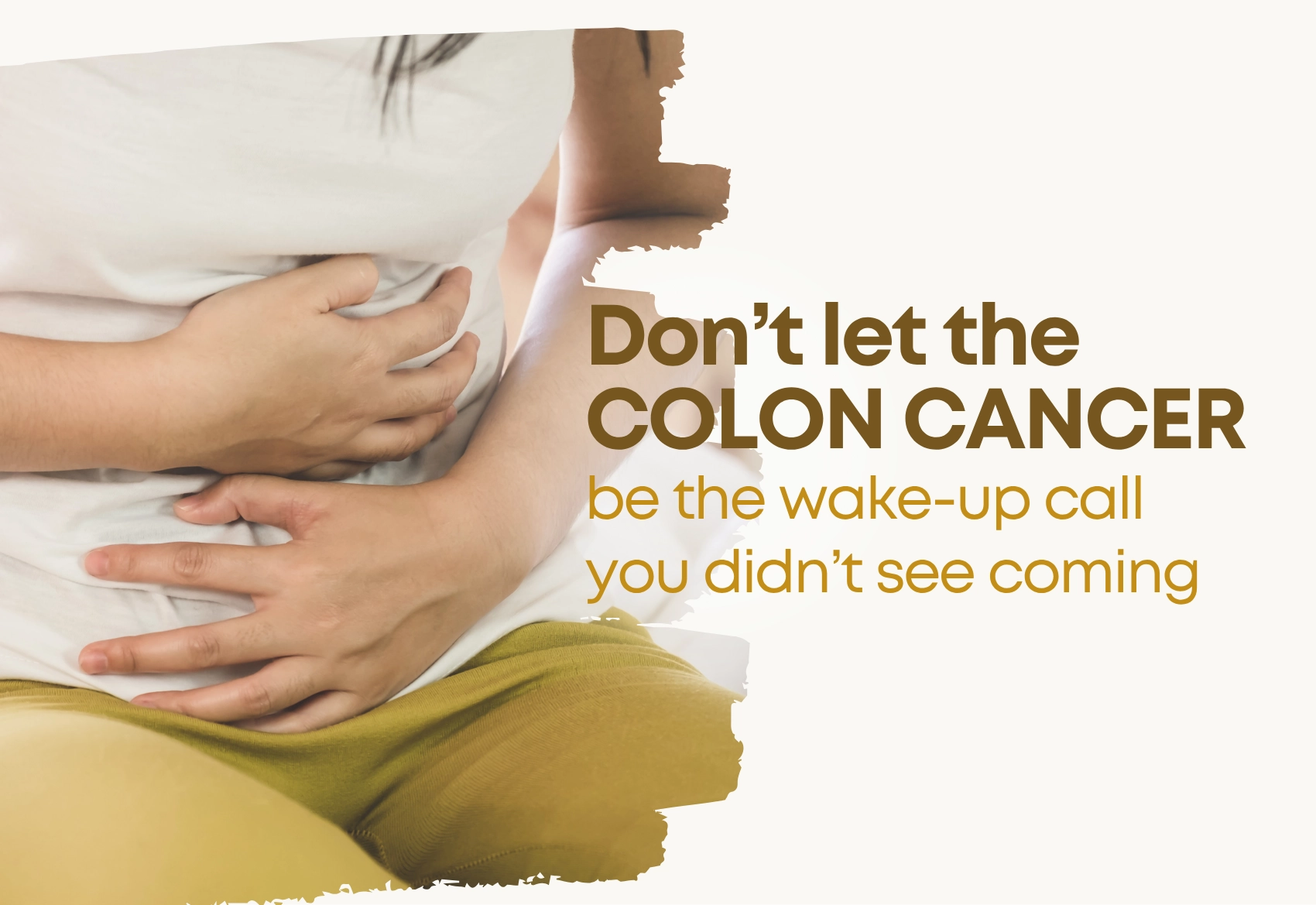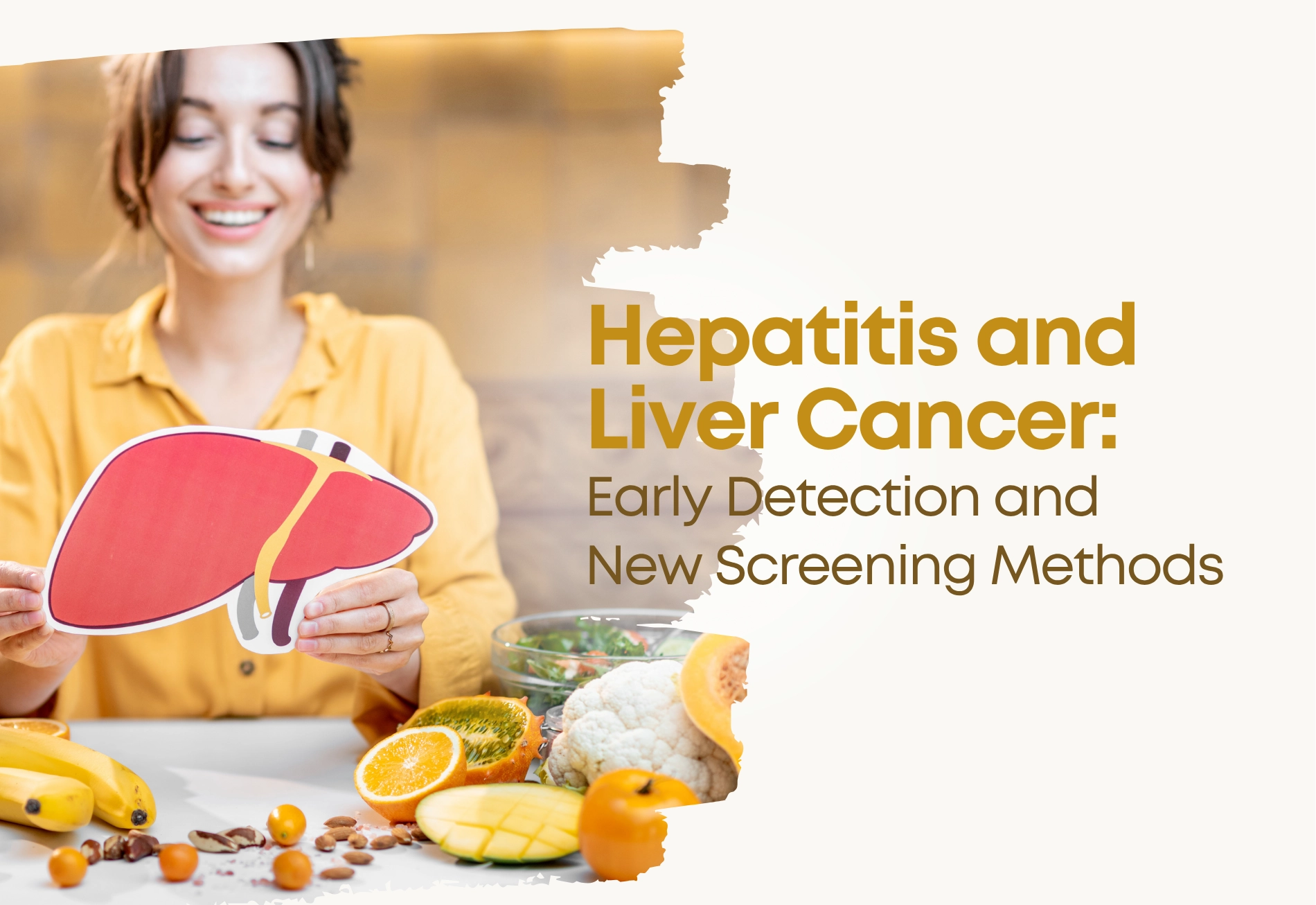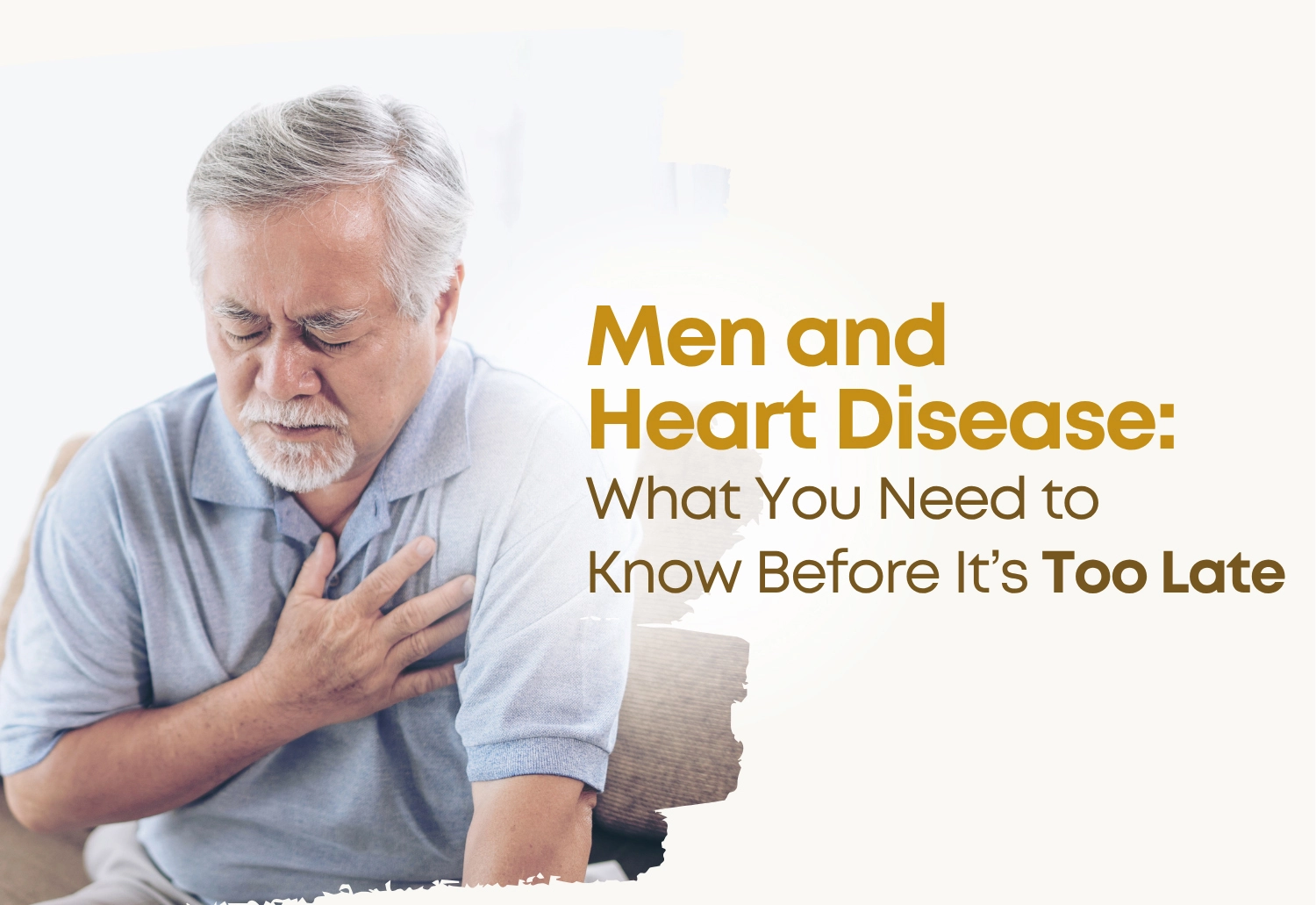
Men and Heart Disease: What You Need to Know Before It’s Too Late
By Dr Phan Nop, Head of Emergency Services, Wellness, and Primary Care
When we think about heart attacks or cardiovascular disease, we often picture middle-aged or elderly men. But that assumption is becoming dangerously outdated. The truth is, heart disease doesn’t wait for old age — the seeds are often sown well before the age of 40.
In Malaysia, heart disease has remained the leading cause of death among men for many years. Ischaemic heart disease accounted for 17.6% (12,648) of male deaths in 2023, according to the Department of Statistics Malaysia (DOSM) [1]. Even more alarming is the growing number of young Malaysian men showing up in hospitals with cardiovascular symptoms — some in their 30s, others even younger [2]. Many are only diagnosed during emergencies, such as heart attacks or strokes, when the condition is already critical.
Why Are Younger Men Becoming More Vulnerable?
1. Modern Lifestyle Hazards
Today's lifestyle includes:
-
Sedentary habits: Desk-bound work reduces physical activity, increasing risks of obesity and insulin resistance[3].
-
Chronic stress: Prolonged stress raises cortisol, which in turn increases blood pressure and cholesterol [4].
-
Poor diet: Diets high in processed food, sugar, and unhealthy fats contribute to atherosclerosis and metabolic syndrome [5].
-
Smoking and vaping: Despite health campaigns, smoking remains prevalent among young men in Malaysia. Vaping, while marketed as a safer alternative, also harms cardiovascular health [6].
-
Lack of routine check-ups: Many young men avoid medical check-ups unless symptomatic, meaning hypertension, high cholesterol, or prediabetes may go unnoticed [7].
2. Genetics and Family History
Men with a family history of early heart disease (before age 55 in a male relative) are at significantly higher risk. Conditions like familial hypercholesterolaemia and early-onset hypertension or diabetes often go undetected until a serious event occurs [8].
Heart Disease in Men Under 40: What Does It Look Like?
Signs may be subtle or completely silent, including:
-
Elevated blood pressure – even borderline levels increase long-term risk
-
High LDL cholesterol and low HDL cholesterol
-
Insulin resistance or prediabetes
-
Fatty liver disease (NAFLD) – common in overweight young men and linked to increased cardiovascular risk [9]
These conditions often develop silently — many experience no symptoms until it’s too late.
The First Symptom Could Be the Last
In some young men, the first sign of heart disease is sudden cardiac death. According to the American Heart Association, up to 10% of heart attacks occur in men under 45 [10]. Emergency departments in Malaysia are also reporting cases of young men collapsing during workouts or under stress, often without any known history of heart problems [11].
What Can You Do? The Power of Early Screening
Early detection saves lives. Screening allows early intervention before permanent damage occurs. For men under 40, recommended checks include:
Cardiovascular Risk Markers
-
Blood pressure
-
Fasting glucose & HbA1c
-
Lipid profile (total cholesterol, LDL, HDL, triglycerides)
-
High-sensitivity CRP
-
Lipoprotein(a)
-
CT cardiac calcium scoring (if high risk)
Heart Function Tests
-
Resting ECG
-
Treadmill stress test (if symptomatic)
-
Echocardiogram
Lifestyle & Metabolic Assessment
-
BMI & waist circumference
-
Body composition
-
Liver & kidney function tests
Lifestyle Changes That Can Save Your Life
-
Exercise: ≥150 minutes of moderate or 75 minutes of vigorous activity weekly, with strength training 2×/week
-
Heart-healthy diet: Whole foods, lean proteins, healthy fats, minimal processed food
-
Quit smoking and vaping: Both double or triple your heart disease risk [6]
-
Sleep & stress management: Aim for 7–9 hours of sleep and practice mindfulness, breathing exercises, or hobbies
-
Regular check-ups: Especially if you have risk factors
Heart disease isn’t just a disease of old age — it’s a disease of lifestyle, time, and neglect. You have the power to protect your heart health in your 20s and 30s — not just after a wake-up call in your 50s.
References
-
Department of Statistics Malaysia. Causes of Death Statistics, Malaysia, 2023. https://www.dosm.gov.my
-
National Heart Institute Malaysia (IJN). Young heart patients on the rise. IJN Health Insights, 2022.
-
World Health Organization. Physical inactivity: A Global Public Health Problem. https://www.who.int
-
American Psychological Association. Stress effects on the body. https://www.apa.org/topics/stress/body
-
Harvard T.H. Chan School of Public Health. The Nutrition Source: Fats and Cholesterol. https://www.hsph.harvard.edu/nutritionsource
-
Bhatta, D. N., & Glantz, S. A. (2019). Association of e-cigarette use with respiratory disease among adults. American Journal of Preventive Medicine.
-
Malaysian Ministry of Health. Clinical Practice Guidelines on Management of Dyslipidaemia 2020.
-
Nordestgaard, B.G. (2013). Familial hypercholesterolaemia is underdiagnosed and undertreated. European Heart Journal.
-
Younossi, Z. et al. (2016). Global burden of NAFLD and NASH: trends, predictions, risk factors and prevention. Nature Reviews Gastroenterology & Hepatology.
-
American Heart Association. Heart Disease and Stroke Statistics—2023 Update. https://www.heart.org
-
New Straits Times. Younger people getting heart attacks, say doctors. Published 2022.

